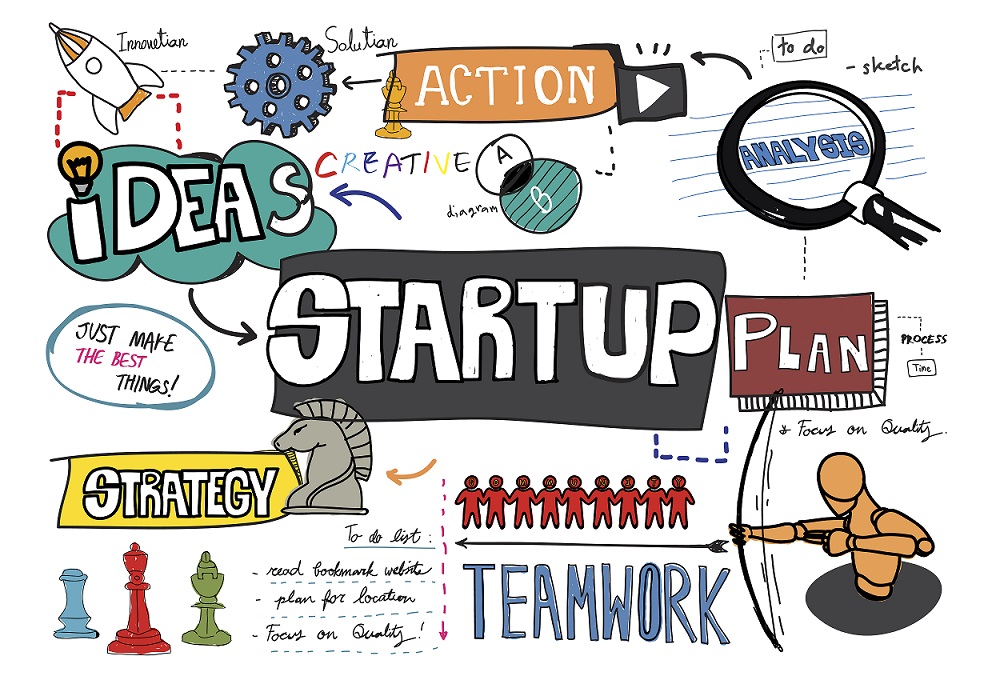"Innovation distinguishes between a leader and a follower. At Salty Media Production, we believe in pushing the boundaries of what's possible with AI and creative technology."
Social Media Strategy: Building Authentic Brand Communities
Social media has shifted from a broadcast channel to a tool for building communities. Brands that focus on authentic engagement and sustained relationship-building create deeper value than those that chase vanity metrics. This guide explains how to design strategy, create content, manage communities, measure impact, and scale social efforts with purpose.
Understanding Modern Social Media Landscape
The current social media environment is defined by frequent algorithm updates, platform fragmentation, and higher audience expectations for authenticity and value. Video-first formats and live interactions capture attention. Platforms have invested in community features that allow brands to create private spaces and member experiences. Social commerce and in-app transactions blur the line between discovery and purchase. Successful social strategies acknowledge these shifts and prioritize sustained conversations over one-off posts.
Platform Evolution and Trends
Short-form videos dominate distribution and reward quick, emotionally resonant hooks. Live streaming and real-time interaction enable direct engagement and trust-building. Platforms continue to add community tools such as groups, forums, and member-only content to support deeper relationships. Social commerce integrates discovery with checkout, creating opportunities to shorten the path to purchase. These trends require brands to think about content, formats, and commerce as parts of a unified experience rather than separate tactics.
Strategic Foundation Development
A clear brand voice and messaging framework form the foundation of community work. Brand voice should reflect core values and mission while remaining consistent across channels. Messaging frameworks should identify the central themes the brand will cover and define how stories are told. Audience research supplies the insights needed to shape tone, content types, and timing. Use a narrative architecture that outlines the brand’s key message pillars, explains how those messages vary by audience, and sets expectations for calls to action and outcomes.
Audience Research and Insights
Understanding audience composition and motivations is essential. Demographic analysis reveals age, location, and device patterns. Psychographic insight explains values, pain points, and interests. Community mapping shows where conversations already happen, who the influencers are, and which topics attract engagement. Combine analytics, social listening, direct surveys, and competitor analysis to build reliable personas that inform content, partnerships, and activation plans.
Content Strategy and Creation
Content strategy should be organized around core pillars that reflect what the audience values and what the brand can credibly deliver. Educational content demonstrates expertise and provides utility. Entertainment and behind-the-scenes material humanize the brand. Inspirational storytelling highlights successes and motivates audiences. Community-driven content amplifies user voices and invites co-creation. Optimize formats for each platform and invest in visual excellence. Video should open with a compelling hook and include captions for silent viewing. Written copy should lead with a strong line, use conversational language, and end with a clear invitation to act. Interactive elements such as polls, live Q&As, and challenges help convert passive followers into active participants.
Platform-Specific Strategies
Each platform rewards distinct behaviors. On Facebook, focused groups and well-moderated spaces create intimacy and member retention while Pages and Shops support discoverability and commerce. Instagram requires a cohesive visual identity across feed, Stories, and Reels to build recognition and participation. LinkedIn favors professional thought leadership and employee advocacy to reach decision-makers. TikTok rewards creative, timely participation in trends and authentic behind-the-scenes content. X is effective for real-time commentary, industry threads, and customer service. Tailor messaging and creative execution to the platform’s native language and audience expectations.
Community Management Excellence
Effective community management moves beyond reactive moderation and into proactive facilitation. Fast, respectful responses set behavioral norms and deepen trust. Facilitators should seed conversations, highlight valuable members, and curate recurring formats that encourage participation. Relationship-building requires personal recognition, spotlighting member stories, and enabling one-on-one conversations where appropriate. Growth should focus on retention and contribution as much as acquisition. Combine organic tactics like referral encouragement and UGC campaigns with paid acceleration when you need scale.
Influencer and Partnership Development
Influencer selection must prioritize alignment over raw reach. Vet partners for audience overlap, creative fit, and authenticity. Structure partnerships with clear goals, defined creative processes, fair compensation, and measurable outcomes. Cross-brand collaborations and ambassador programs expand reach while maintaining credibility when partners genuinely connect with the brand’s values. Use co-creation to surface new content formats and expand community participation.
Analytics and Performance Measurement
Measure community health in addition to campaign outputs. Track engagement metrics such as likes, comments, shares, and content saves alongside deeper signals like active contributor rates, retention, sentiment, and user-generated content volume. Connect social outcomes to business metrics including lead generation, referral traffic, and sales attribution. Use trend analysis and competitive benchmarking to refine strategy. Turn performance insight into action by prioritizing the content and formats that produce the strongest mix of engagement and business impact.
Crisis Management and Reputation Protection
Preparedness reduces risk. Implement social listening to detect emerging issues and define escalation rules that trigger rapid response. Have a crisis communication plan with assigned roles, approved messaging templates, and stakeholder notification procedures. In a crisis respond with transparency and facts, acknowledge concerns, and outline remediation steps. Long-term recovery focuses on consistent positive engagement and restoring trust through demonstrated changes and community involvement.
Technology and Tool Integration
Use publishing and management platforms to scale scheduling, approvals, and cross-channel distribution. Monitoring tools provide real-time mention tracking and sentiment analysis. Automation can handle routine queries through chatbots while routing complex issues to humans. Creative tooling and template libraries speed production without sacrificing brand consistency. Choose tools that integrate with analytics systems and CRM so community signals feed broader customer programs.
ROI Measurement and Business Alignment
Social community work yields both direct and indirect business value. Direct revenue can be measured through commerce tracking and conversion attribution. Indirect benefits appear in improved customer acquisition costs, higher lifetime value, and increased brand awareness. Conduct regular cost-benefit assessments and align KPIs with broader business objectives. Report community impact to stakeholders with a mix of quantitative metrics and qualitative stories that highlight customer relationships and advocacy.
Implementation Timeline and Milestones
Start with a three-phase approach. In months one through three, define strategy, research audience, choose platforms, and set up tools. In months four through nine, execute regular content cycles, launch community initiatives, and begin influencer partnerships while monitoring engagement. In months ten through twelve, run advanced optimizations using deeper analytics, scale successful formats, and formalize processes and governance for long-term growth.
Conclusion
Building authentic brand communities requires strategic clarity, consistent execution, and genuine investment in people. Success comes from providing sustained value, encouraging two-way conversations, and measuring community health as carefully as campaign outcomes. Prioritize authenticity over algorithms. Prioritize relationships over reach. With patient, data-informed effort, social media becomes a durable channel for loyalty, advocacy, and business growth.
Ready to start your next project? Get in touch with us today and let’s discuss how we can bring your vision to life.



